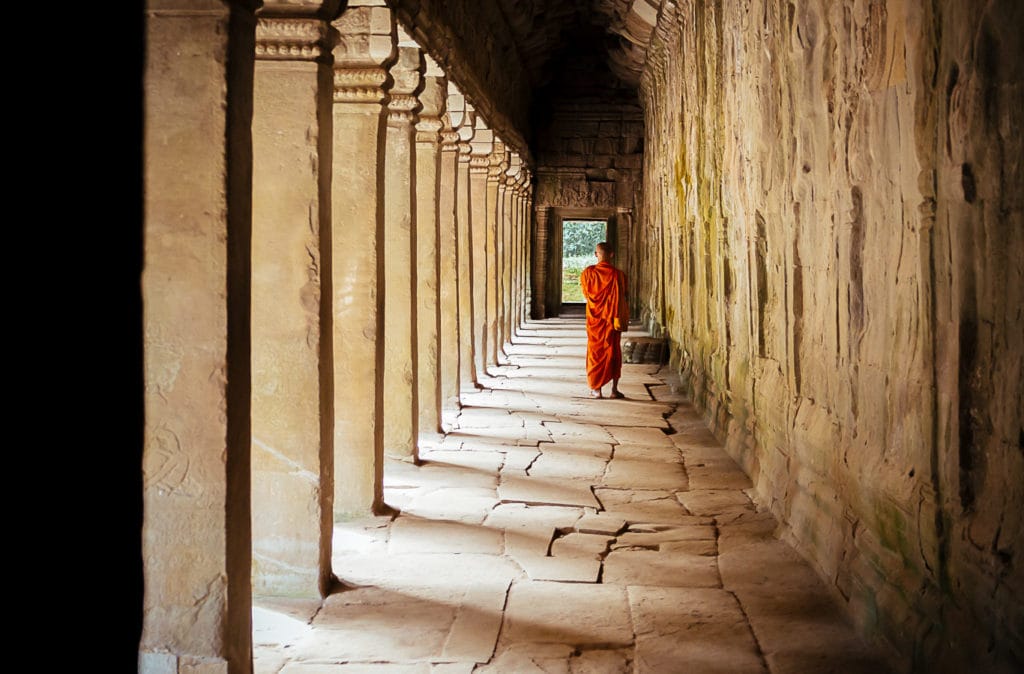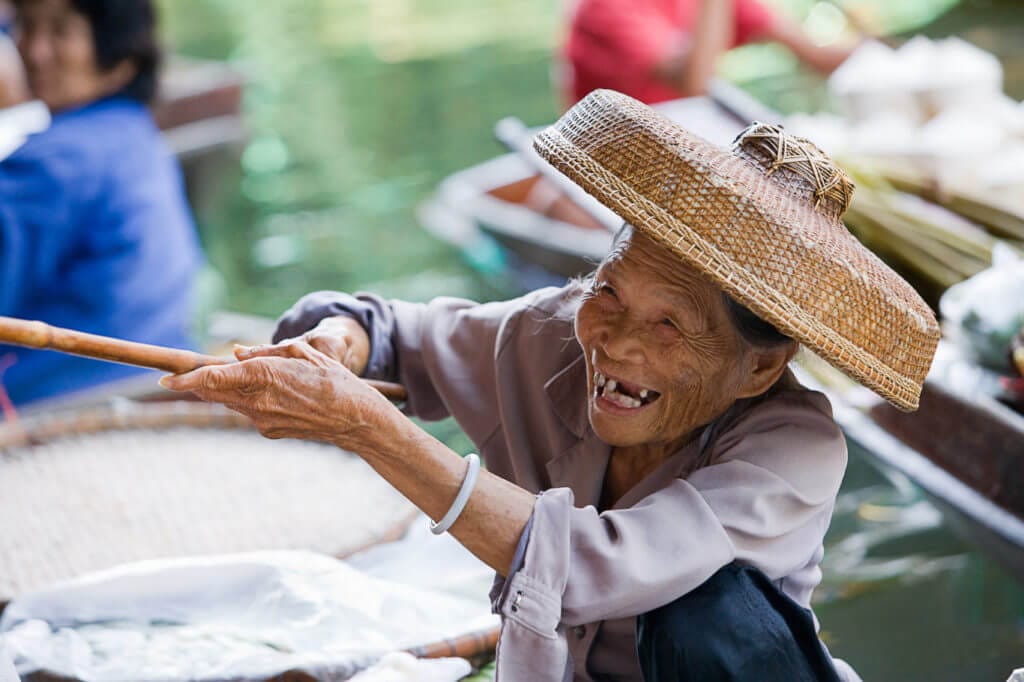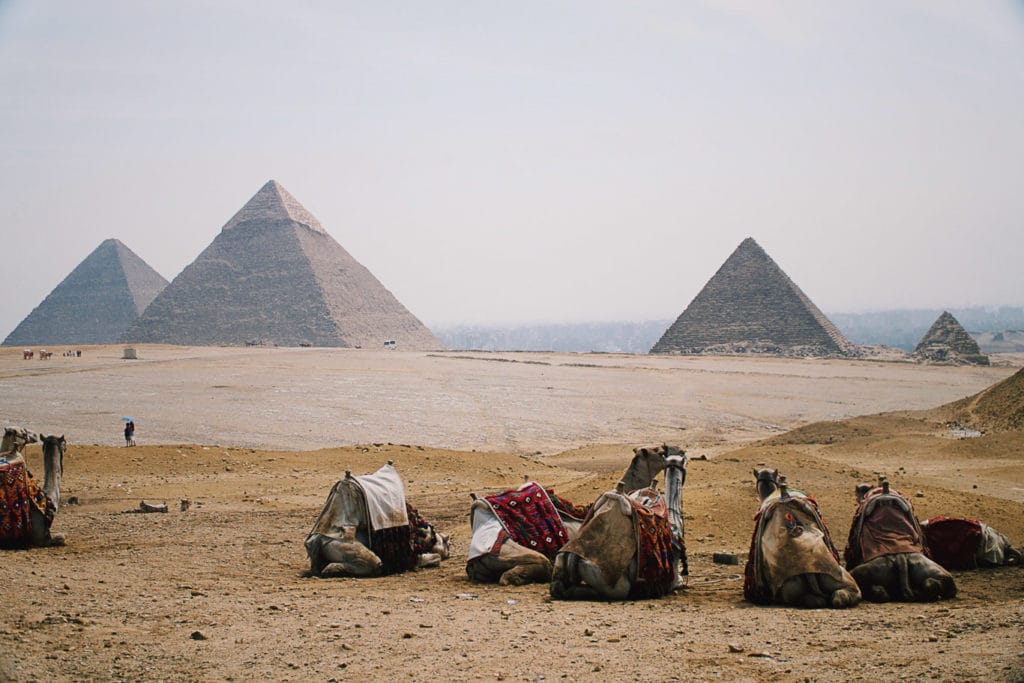The History and Culture of Cuba
Study History in Cuba
ADD AN IMPACT!
Add an impact to your itinerary to study history as well as the art and culture of Cuba. You can take part in a beach cleanup, volunteer medical services to the elderly and children with medical needs, and of course, teaching English in Cuba is a great way to brush up on your Spanish skills.
The Worldwide Navigators Difference


Sojourn – Gain a better understanding of the community you’re visiting. Learn about different religions or spiritual practices. How do these impact the communities? How does religion or spirituality influence local traditions?
1 of 1

Savor – Will you choose sweet or savory? Take the time to visit local markets and discover unique local ingredients. Learn how to prepare traditional meals & local favorites.
1 of 1

Tip of the Tongue – Each morning, take the time to learn a few basic greetings and phrases in the local language. Learn how to write greetings & your name in the local script.
1 of 1

A Wrinkle in Time – History influences our present. Discover the history of the country you visit. Hear the stories of your guides & their family history. Where do they come from?
1 of 1

Journal Journeys – Take some time to reflect on the day’s events and document your journey. Spend a moment journaling about the day had & day ahead. These are memories for a lifetime!
1 of 1

Culture – From local dances, festivals, or simple gestures to communicate – all of these make up a country’s culture. Learn and practice cultural norms & how to show respect in the culture you visit.
1 of 1Itinerary
After landing at Jose Marti International Airport (HAV), in Havana, start your adventure by taking in the sights, sounds and tastes of Cuba. Walk along cobblestone streets and listen to the sounds of salsa, jazz, rhumba and more as you take in the culture of the UNESCO World Heritage site of Old Havana.
Wake up ready to explore the religion and architecture of Trinidad. You’ll visit the cobblestone streets and 17th to 19th-century architecture of this UNESCO World Heritage site. Stops include the neoclassical Church of the Holy Trinity, the Museum of Colonial Architecture, the Church and Monastery of Saint Francis and the Palacio Brunet, an 1812 home with beautiful frescoes and marble floors.
Today, you’ll head to Varadero and the Varahicacos Ecological Preserve. This nature preserve has a beautiful beach and the Cueva de Ambrosio and Musulmanes caves. The caves feature pre-Columbian drawings, geologic formations and bats. Enjoy the coastline and Cuba’s unique placement within the Gulf of Mexico, the Atlantic Ocean and the Caribbean Sea.
The Parque Nacional Ciénaga de Zapata (or Zapata Swamp) is a UNESCO Biosphere Reserve. You’ll have the chance to see native plants, crocodiles and more than 150 species of birds, including parrots, bees, hummingbirds and the Zapata wren and Zapata sparrow, which are indigenous to Cuba. The swamp comprises more than a million acres and is one of the best-preserved wetland environments in all of the Antilles.
On this day, you’ll learn about Cuba’s military and maritime history at El Morro and La Cabana. These formidable fortresses protected the city from privateers. There is a lighthouse and a museum that tells the history of the forts. As night draws on, you’ll watch as 19th-century costumed actors perform a canonazo cannon-firing ceremony.
Head out to visit more of the history and architecture of Havana. Enjoy the art and architecture of the Plaza de la Catedral, the 18th-century Casa del Conde Jaruco and the Castillo de la Real Fuerza. For more art, you’ll check out the Museo Nacional de Bellas Artes, which features two buildings of European, Asian, Spanish and American art. Cuban art has a predominant place as well with sculpture, prints and paintings from Cuban artists from the 17th century to the present.
On your last day, take some time to stroll along Havana’s Malecon seaside walkway. This popular walkway was developed around 1902 and features 20th-century buildings and a variety of Art Deco and Neo-Moorish architecture. The pastel shades of the buildings show up beautifully against the waterfront.
When you travel abroad to Cuba, you’ll discover a world of history, architecture, native wildlife and stunning coastlines. Cuba has played a part in the lives of revolutionaries, writers and nature enthusiasts for centuries. With the easing of travel restrictions in recent years, it has become more accessible for U.S. citizens to discover the culture and intrigue of this island nation.
Value
3-6 Day
Group Trips
- Airfare
- Transportation
- 2.5 - 3-Star Accommodations
- Daily Activities & Excursions
- 2 Meals Per Day
- Tours & Entrance Fees
- Daytime & Self-Guided Tour Director
- 1 Impact Project
Classic
7-12 Day
Group Trips
- Airfare
- Transportation
- 2.5 - 3-Star Accommodations
- Daily Activities & Excursions
- 2 Meals Per Day
- Tours & Entrance Fees
- Daytime Guided Tour Director
- Up to 2 Impact Projects
Epic
7-14 Day
Group Trips
- Airfare
- Transportation
- 3.5 - 4-Star Accommodations
- Daily Activities & Excursions
- 2 Meals Per Day
- Tours & Entrance Fees
- 24/7 Guided Tour Director
- Up to 3 Impact Projects
- Final Night Celebration Dinner
Interested in adding or modifying activities? No problem! All Worldwide Navigator itineraries can be customized to your liking!
In collaboration with our partners


